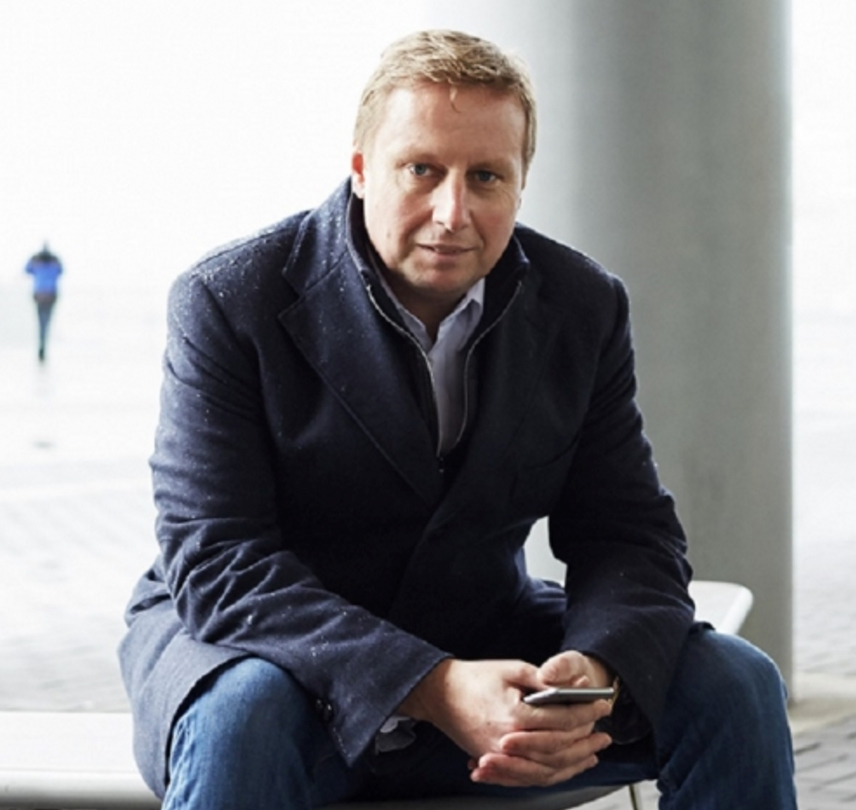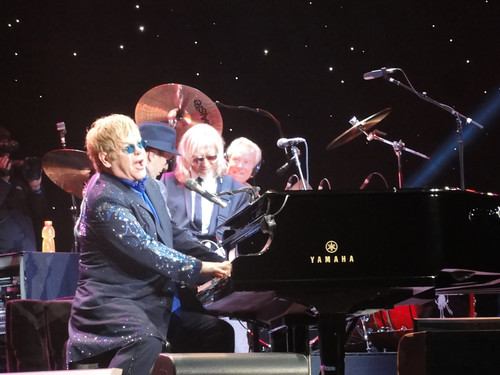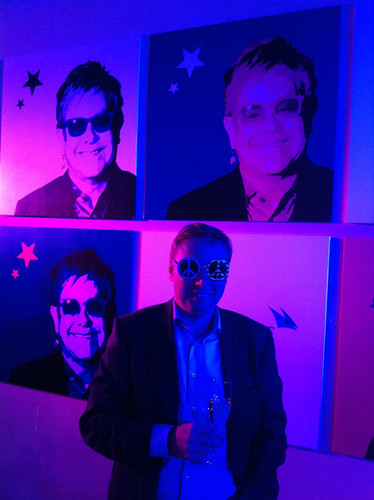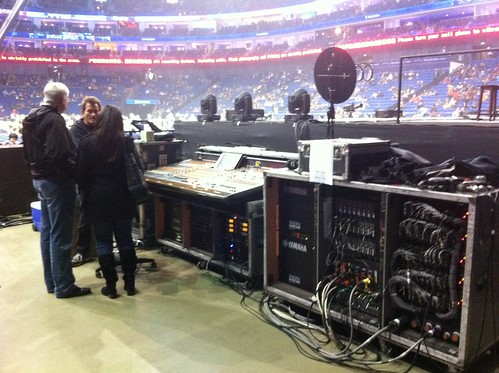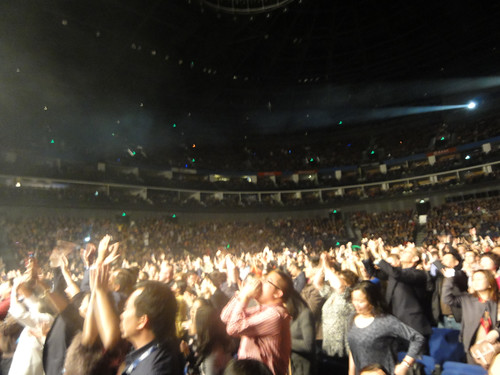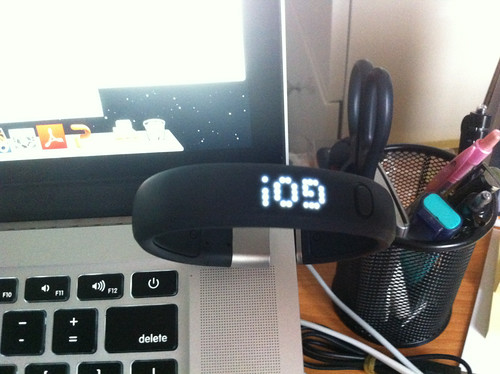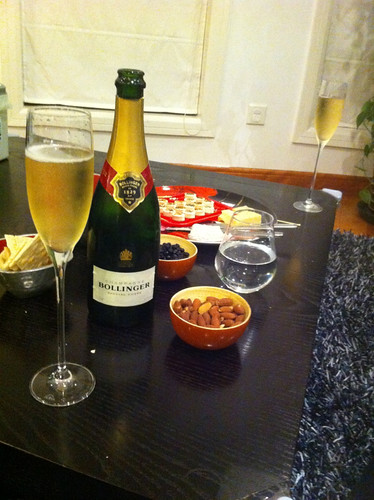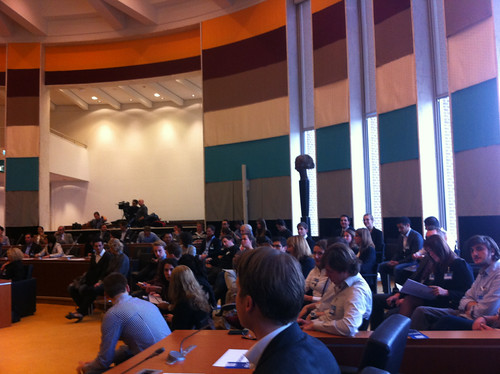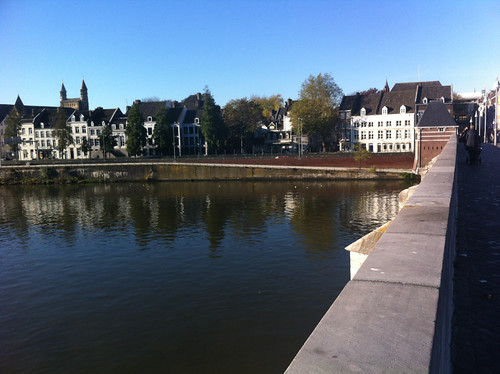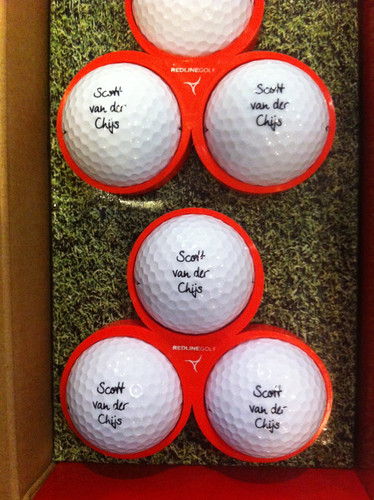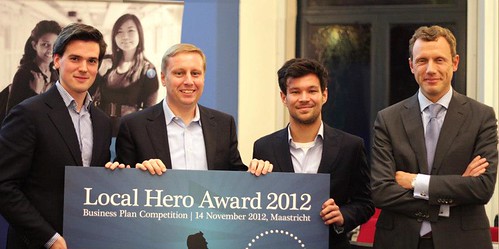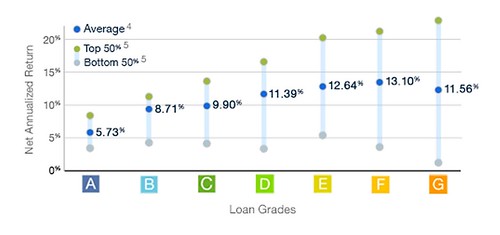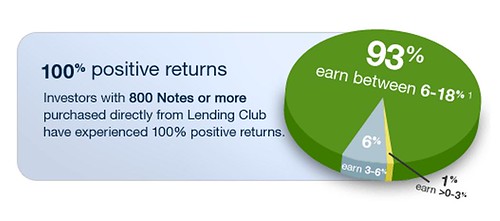Update (Nov. 23): Nike contacted me through 3 channels after this blog post and gave me a new (working) Fuelband. See blog post about this here: https://www.marc.cn/2012/11/nike-fuelband-support-is-world-class.html
Two weeks ago I was working on a very positive blog post about my Nike Fuelband, a device that measures how much energy you burn during the day. But before I could publish it my Fuelband suddenly stopped working while I was recharging it in my laptop. It literally turned into a brick when the Nike software tried to upgrade to a new firmware and there was no way I could restart it. I tried to reinstall the firmware, which did not work. I tried it from a different computer, which also did not work. I Googled solutions (it seems this happened to a lot of people, and only some were lucky and managed to install a new firmware on the device), but othing worked. My Fuelband is now just a rubber wristband filled with technology that can’t be used. I am pretty angry at Nike that they sell crap like this, an expensive device shouldn’t just stop working after 2 months.
It’s not the first time I am unhappy with Nike gadgets, last year I had a Nike GPS watch that I could not sync with the Nike software anymore. Also there I tried everything, but it just did not work. Maybe Nike should just stay with sportswear and let other companies produce their hardware and especially their software. I totally had it with Nike and I am glad I at least have this blog to fume about what happened to me and hopefully Nike will see this. I am sure their are thousands of people out there that have the same experience but who don’t have an audience to share this with.
For what it’s worth after the unhappy Nike experience, below the post that I planned to put up 2 weeks ago.
——–
Original post that I decided not to put online
For the past 2 months I have been walking around with a black silicone wristband. Some people asked me whether it is one of those magnetic bracelets that are actively being marketed on Chinese TV, others thought it’s a new kind of Livestrong bracelet condemning Lance Armstrong’s use of doping. But in reality it’s a gadget made by Nike that measures how active you are during the day, the Nike Fuelband.
I wasn’t sure where to buy them in China, so I got mine on Taobao.com (in several countries the Apple store sells them and likely you can also buy them in Nike stores). From the moment I received mine I have been wearing it every single day. Not because it looks so good (it doesn’t) but because the data it gives you about yourself is both fun and addictive.
The wristband contains 3 gyroscopes that measure your movement. If I run the Fuelband knows I am running because of the way I move and it measures the Nike Fuel I am burning, next to other things such as calories and the number of steps I have taken. It’s of course interesting to see how much energy you use per day, but Nike took it one step further by adding a gamification element to the gadget. You have to set yourself a daily goal (in terms of how much Nike Fuel you burn per day) and try to reach that goal every day.
There are daily and weekly rankings in which you can see how much Fuel you burned in comparison to your friends, and you can even automatically upload your daily results to Facebook to get some serious virtual social pressure to become more active.
Even though I don’t upload my results to social networks but only publish it on the Nike+ site (where anybody can theoretically see it, keeping true to my motto that sharing is caring), I still feel the pressure to reach my daily goal. The standard goal on my wristband is 2000 Fuel per day (which is the average for Males between 35-39 – when I bought my Fuelband I was still 39!), but I increased it to 2500 Fuel per day. I found out soon that on an average day I use about 1700-1800 Fuel if I don’t do any other activities. I need to do at least 20-30 minutes of sports to get to my goal of 2500 per day. And because of that I am more aware of that fact that I don’t do sports on certain days, and I actually start to do more exercise because of my Fuelband.
Nike was quite smart, because if you reach your goal 3 days in a row you are ‘on a streak’. Once you reach 3 days the pressure is higher not to lose the streak and I actually found myself riding my stationary bike at 11 PM once just to make sure I would reach my goal. So far my longest streak has been 11 days, getting a longer streak is hard because you sometimes have days that sports is impossible (because of full day meetings followed by drinks & dinners).
It’s also nice to compare extreme results. My record days was when I was in Yangshuo with Danny, where I burned about 7500 NikeFuel in one day (we rode 50 km on our bikes and walked around a lot in town). That means in one day I used the same amount of energy as on 4 normal office days without sports. Yesterday I ran a half marathon in the morning and burned about 6500 over the full day. The Fuelband gives you a great insight into how much you really do on a single day.
Nike uses Fuel instead of just calories, so results are more comparable among people. Theoretically Fuel usage should be comparable between 2 persons, whereas calories burned depend on your age, weight and gender as well. I say theoretically, because in practice results are not perfect yet. The biggest problem is that the Fuelband does not measure your heartbeat or your oxygen level (yet?). So if I swalk up some stairs or if I stroll along the street, I will burn about the same Fuel. Also some sports don’t give the right results, if I row on my rowing machine for 30 minutes I am exhausted, but I get roughly the same Fuel as when I would slowly jog for the same number of minutes.
But that aside, this is a great gadget if you want to want to become more active or just want to know more about how active you are. I am sure Nike will improve the Fuelband over time, this is just the very first model and there are a lot of things they can add or change. I hope that in the future a wristband won’t be necessary (some competitors have USB stick like products, like the clip on FitBit, that I may try out as well), because it is a bit annoying to always wear one.
However, I hope that Nike will improve its software and Nike+ website. It’s a lot better than a year ago when I gave up on my Nike GPS watch because of the terrible web interface that just didn’t want to update, but far from where it should be. The iPhone app is pretty good, but online Nike still has a long way to go. I especially hate it when they keep on forcing me to upgrade to a new Fuelband firmware, which takes ages. Nike is good at making sports products, but software is not their thing.
I am a big believer in this space and this kind of products, and I think we will all measure (and maybe publish?) data about our lives a couple of years from now. In my opinion this kind of device can have huge implications on public health, giving people incentives to become more active. Suppose your medical insurance would be reduced if you reach your goal 20 days per month for example! The Nike Fuelband and its competitors are just the beginning of a huge wave of personal data gadgets.
